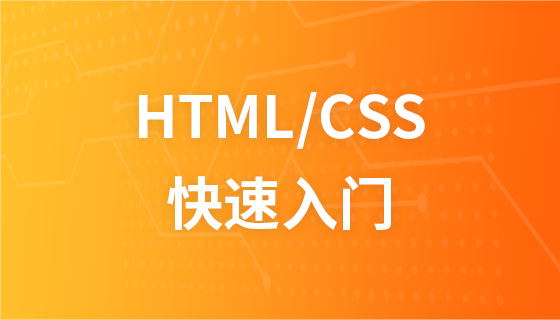CSS dropdown menu
Use CSS to create an effect that displays a drop-down menu when the mouse is moved up.
Drop-down menu example:
When the mouse moves over the specified element, a drop-down menu will appear.
<!DOCTYPE html>
<html>
<head>
<meta charset="utf-8">
<title>php.cn</title>
<style type="text/css">
ul,ol,li
{list-style:none;padding:0px;margin:0px;}
#menu *
{line-height:30px;z-index:10;}
#menu a
{
text-decoration:none;
display:block;
}
#menu ul
{
text-align:left;
background:#333;
}
#menu .arrow /* 菜单项的右侧小箭头 */
{
float:right;
padding-right:5px;
}
#menu li:hover>ul
{display:block;}
#menu>ul{height:30px;} /* 即使没有菜单项也能保持顶级菜单栏的高度。 */
/* 一级菜单 */
#menu>ul>li
{
text-align:center;
display:inline-block;
width:80px;
}
#menu>ul>li>a
{color:#fff;}
#menu>ul>li:hover
{background:#666;}
/* 下拉的菜单栏 */
#menu>ul>li ul
{
display:none;
width:150px;
position:absolute;
background:#c1cd94;
box-shadow:2px 2px 2px #000;
-webkit-box-shadow:2px 2px 2px #000;
-moz-box-shadow:2px 2px 2px #123;
}
/* 下拉菜单的菜单项 */
#menu>ul>li>ul li
{padding-left:5px; position:relative;}
#menu>ul>li>ul li>a
{color:#000;}
#menu>ul>li>ul li:hover
{background:#d3dbb3;}
</style>
<body>
<div id="menu">
<ul>
<li><a href="">菜单一</a>
<ul>
<li><a href="">子菜单1</a></li>
<li><a href="">子菜单2</a>
<ul><li><a href="">子菜单7</a></li></ul>
</li>
<li><a href="">子菜单3</a></li>
</ul>
</li>
<li><a href="">菜单二</a>
<ul>
<li><a href="">子菜单4</a></li>
<li><a href="">子菜单5</a></li>
<li><a href="">子菜单6</a></li>
</ul>
</li>
</ul>
</div>
</body>
</html>Create a drop-down menu and allow the user to select an item in the list:
<!DOCTYPE html>
<html>
<head>
<meta charset="utf-8">
<title>php.cn</title>
<style type="text/css">
/* 下拉按钮样式 */
.dropbtn {
background-color: black;
color: white;
padding: 16px;
font-size: 16px;
border: none;
cursor: pointer;
}
/* 容器 <div> - 需要定位下拉内容 */
.dropdown {
position: relative;
display: inline-block;
}
/* 下拉内容 (默认隐藏) */
.dropdown-content {
display: none;
position: absolute;
background-color: #f9f9f9;
min-width: 160px;
box-shadow: 0px 8px 16px 0px rgba(0,0,0,0.2);
}
/* 下拉菜单的链接 */
.dropdown-content a {
color: black;
padding: 12px 16px;
text-decoration: none;
display: block;
}
/* 鼠标移上去后修改下拉菜单链接颜色 */
.dropdown-content a:hover {background-color: yellow;}
/* 在鼠标移上去后显示下拉菜单 */
.dropdown:hover .dropdown-content {
display: block;
}
/* 当下拉内容显示后修改下拉按钮的背景颜色 */
.dropdown:hover .dropbtn {
background-color: #3e8e41;
}
</style>
<body>
<div class="dropdown">
<button class="dropbtn">下拉菜单</button>
<div class="dropdown-content">
<a href="#">菜单栏 1</a>
<a href="#">菜单栏 2</a>
<a href="#">菜单栏 3</a>
</div>
</div>
</body>
</html>Comments:
HTML part:
We can use any HTM element to open the drop-down menu , such as: <span>, or a <button> element.
Use a container element (such as <div>) to create the content of the drop-down menu and place it wherever you want.
Use <div> elements to wrap these elements, and use CSS to style the dropdown content.
CSS part: The
.dropdown class uses position:relative, which will set the content of the drop-down menu to be placed in the lower right corner of the drop-down button (using position:absolute). The
.dropdown-content class is the actual drop-down menu. It is hidden by default and will be displayed after the mouse moves to the specified element. Note that the min-width value is set to 160px. You can modify it as you like. Note: If you want to set the drop-down content to be consistent with the width of the drop-down button, you can set width to 100% (the overflow:auto setting can scroll on small screen sizes).
We use the box-shadow attribute to make the drop-down menu look like a "card".














